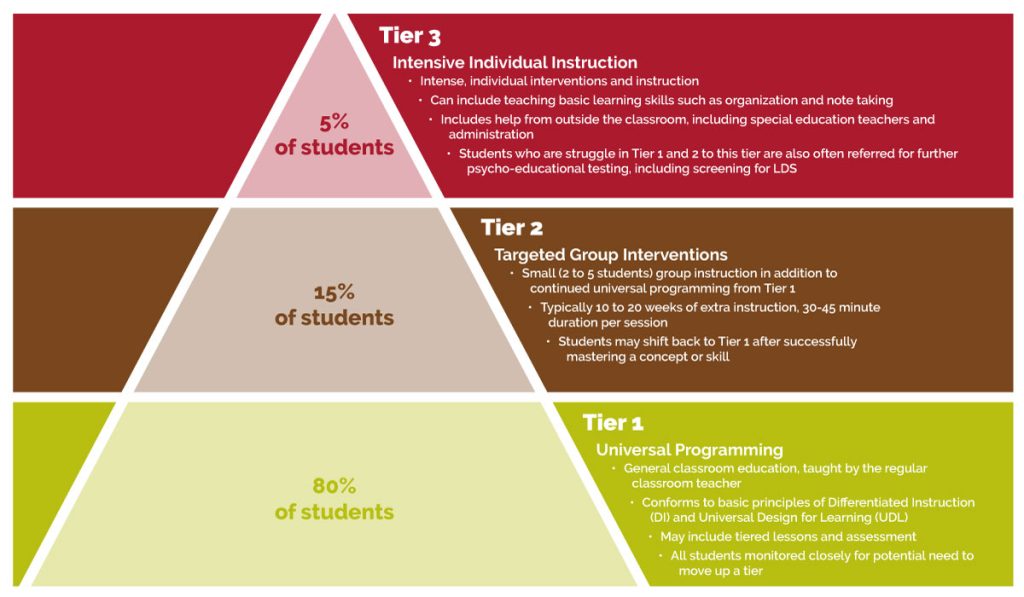The Ontario Human Rights Commission (OHRC) released its report on its Right to Read public inquiry in the spring of 2022.
The review started in October 2019 and examined human rights issues that affect students with reading disabilities in Ontario’s public education system. KPDSB was one of the eight sample school boards selected for the inquiry.
The Right to Read inquiry, which focused on early reading skills, found that Ontario’s public education system is failing students with reading disabilities (such as dyslexia) and many others by not consistently using evidence-based approaches to teach them to read.
The Right to Read inquiry report highlights how learning to read is not a privilege but a basic and essential human right. The report combines research, human rights expertise, and lived experience of students, parents and educators to provide recommendations on curriculum and instruction, early screening, reading interventions, accommodation, professional assessments, and systemic issues. The Right to Read report includes recommendations to the Ministry of Education, school boards, and faculties of education on how to address systemic issues that affect the right to learn to read, including:
- Adopting a new kindergarten program and grades 1 to 8 language curriculum that features direct and systematic instruction in foundational reading skills and preparing current and future teachers on evidence-based approaches to teaching students to read
- Screening every student, at least twice a year from kindergarten to grade 2, to identify students at risk for reading difficulties using standardized, evidence-based screening tools
- Standardizing and providing stable funding for evidence-based reading interventions
- Making access to interventions equitable for all students
- Providing and supporting timely and effective accommodation, including greater access to evidence-based software and assistive technology
- Improving access to professional assessments and ensuring greater consistency and transparency in the assessment process
- Setting clear and consistent standards for school boards and mandating better data collection, analysis, and reporting
- Improving communication with students and parents
- Working with experts in the science of reading to implement the OHRC’s recommendations

KPDSB Actions to Date:
- Redesigning the program ahead of the Right to Read recommendation report, including removing curriculum and special education from silos, to take a coordinated approach to teaching and learning
- Implementing explicit instruction in phonological/phonemic awareness to the full system: kindergarten to grade 2
- Implementing a literacy screening tool
- Instructing phonics explicitly beginning in kindergarten
- Changing from using “balanced literacy” books (based on the three-cueing system) to decodable books for all kindergarten to grade 2 students and as a tiered instruction support for students in grades 3–8 and beyond
- Redefining the role of Reading Intervention Teachers and Special Education Resource Teachers
- Providing multi-tiered support for students, beginning with a focus on quality tier 1 instruction
- Providing administrator and teacher professional development on a structured literacy approach
- Providing tutoring supports
- Providing schools with focused support(s)
- Having designated schools with dedicated reading intervention support· Having additional Special Education Resource Teachers in designated schools
